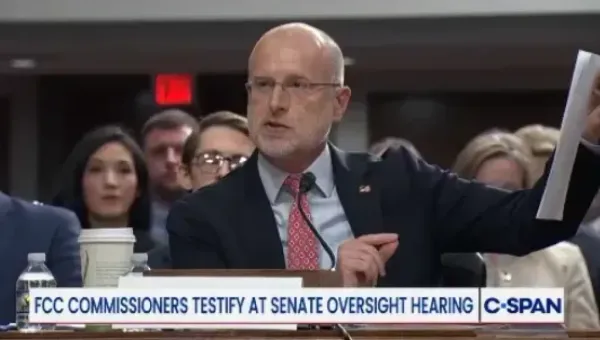FCC: Consumers Continue to Receive Slow Internet Connections
WASHINGTON, September 3, 2010 – The Federal Communications Commission has updated its latest report on Internet access service subscribership, revealing that only 44 percent of fixed communications connections to households met or exceeded the agency’s target speed for universal access.
WASHINGTON, September 3, 2010 – The Federal Communications Commission has updated its latest report on Internet access service subscribership, revealing that only 44 percent of fixed communications connections to households met or exceeded the agency’s target speed for universal availability.
“Internet Access Services: Status as of June 2009” includes data on the number of Internet connections at speeds that approximate the national broadband availability target recommended by the National Broadband Plan.
The report also focuses on multiple and higher speed tiers, rather than on the commission’s historical categories of “high speed,” which it defines as any internet connection with speeds over 200 kilobits per second downstream.
Report highlights:
- Out of a total of 71 million fixed – as opposed to mobile – connections to households, only 44 percent met or exceeded the speed tier that most closely approximates the universal availability target set in the National Broadband Plan of 4 megabits per second downstream and 1 mbps upstream;
- The number of mobile wireless service subscribers with data plans for full Internet access increased by 40 percent over the first six months of 2009, to 35 million;
- Cable modem connections increased by 3 percent to 41 million and a DSL by 1 percent to 31 million in the first six months of 2009;
- A 23 percent increase in fiber connections, to 4 million, was the largest rate of increase among fixed-location technologies; and
- Satellite internet connections increased by 6 percent to 1 million.









Member discussion